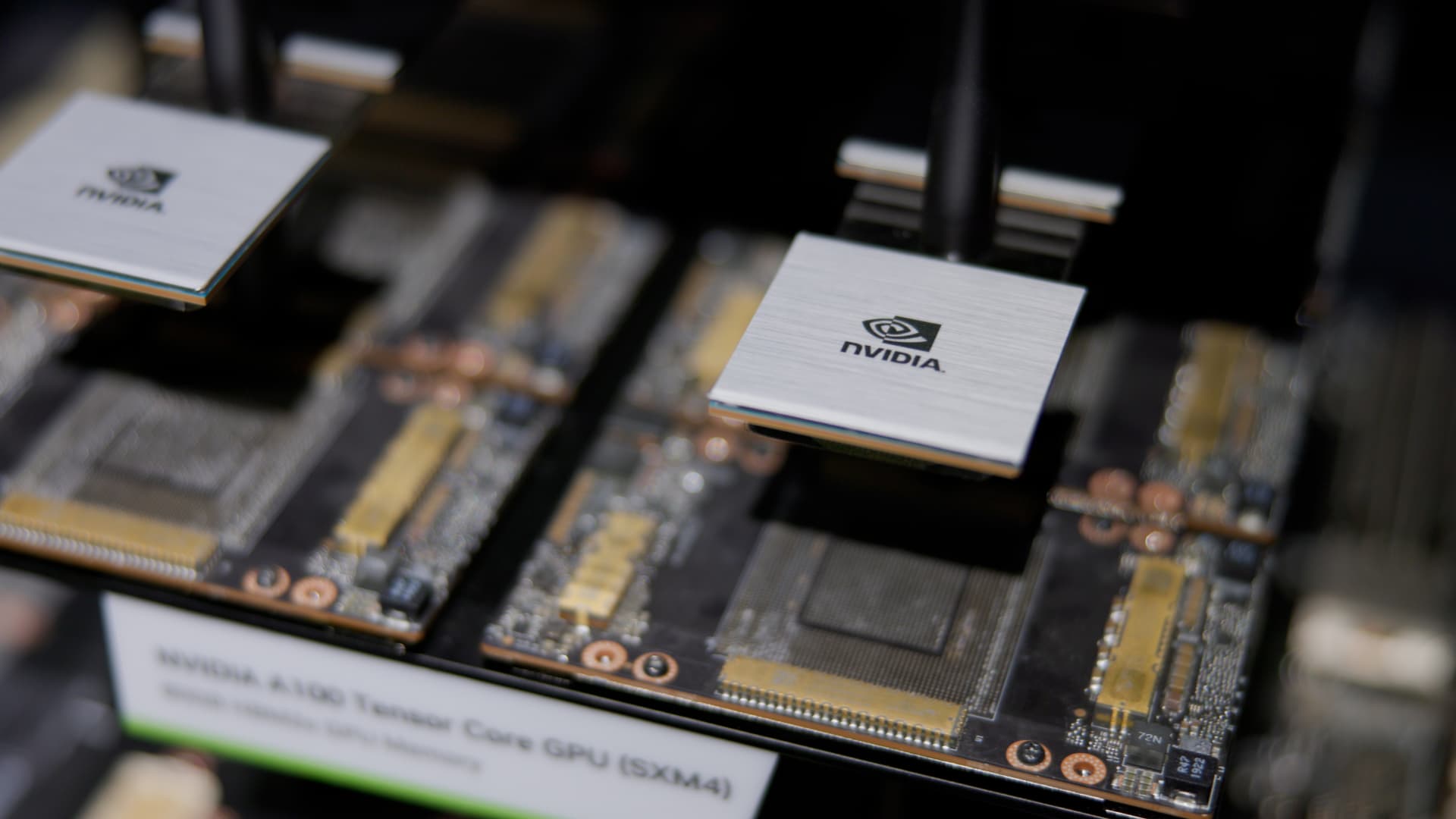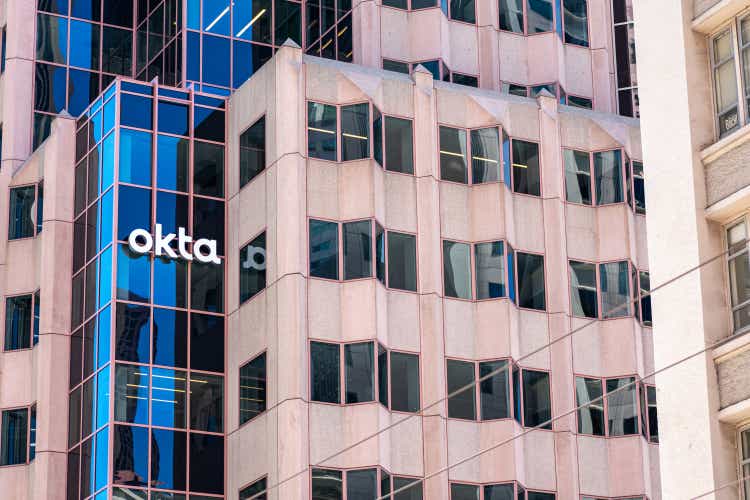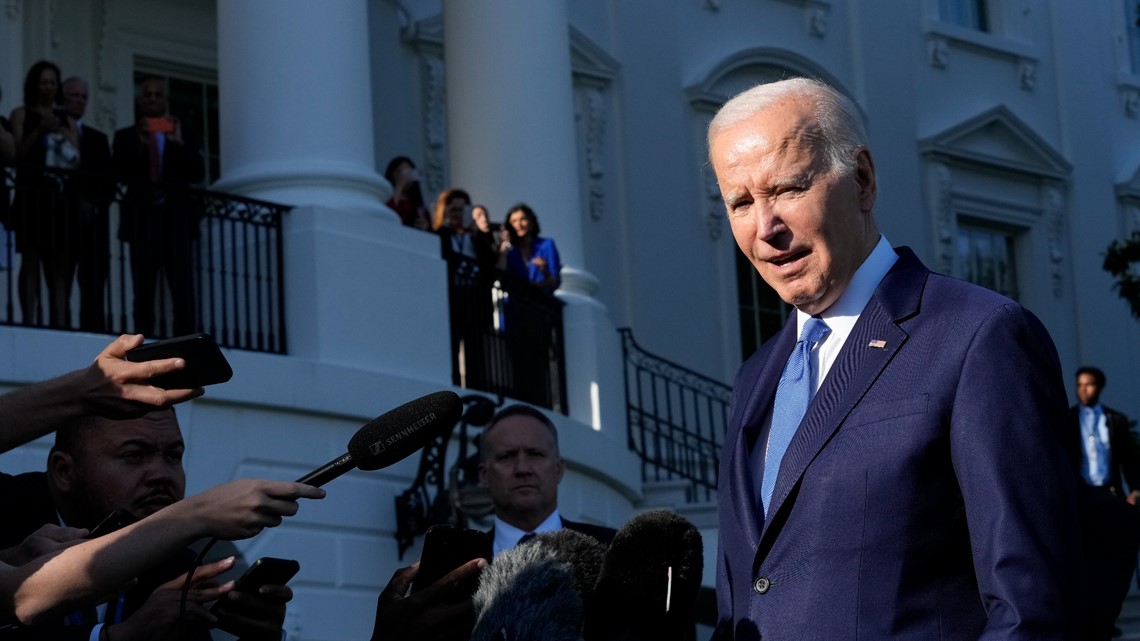bymuratdeniz
Listen below or on the go on Apple Podcasts and Spotify
Oil prices drop below $80 per barrel on China demand concerns. (0:15) Stocks see sharp reversal from overnight Nvidia enthusiasm. (1:37) Wells Fargo like the look of ‘uber caps.’ (4:55)
This is an abridged transcript of the podcast.
Our top story so far –
U.S. crude futures have hit four-week lows as troubles in China’s property sector add to concerns about the world’s second-largest oil consumer.
WTI (CL1:COM) (USO) is trying to avoid a fourth down day in a row. It’s up slightly after closing at $78.89 in the previous session, the lowest settlement since July 26.
An unexpectedly bullish 6.1 million-barrel drop in weekly U.S. crude inventories limited the selloff yesterday. But domestic crude production also rose to a fresh three-year high at 12.8 million bpd.
ING says the recent oil rally “appears to have run out of steam for now,” citing China macro issues and growing expectations the Fed is “not done with its tightening cycle.”
They added that there “has been increased noise in recent days about possible supply increases from Iran and Iraq,” and you can now “add Venezuela to the list, with reports that the US administration is in talks with Venezuela about easing sanctions in return for fairer elections next year.”
From a technical perspective, strategist Daniel Dubrovsky wrote on FXDaily that “while the near-term technical landscape is appearing bearish, the broader upside bias remains focused higher.”
But he adds that there are “brewing signs” of more bearish action on the 4-hour chart, where there are the outlines of a bearish head-and-shoulders formation taking shape.
Now a look at today’s trading –
The stock market is volatile, with a big reversal from overnight gains in futures on the back of Nvidia (NVDA). Suddenly, it looks like the market is having AI buyers remorse. Enthusiasm has waned, and the chipmaker’s monumental earnings report is now good for just a 2% gain.
While traders may be balking at valuation, analysts are off to the races. Rosenblatt slapped a Street-high target of $1,100 on the stock this morning.
The Nasdaq (COMP.IND) is feeling the brunt of the selling after testing some resistance. It’s down -0.7%. The S&P 500 (SP500) is off -0.4% after testing its 200-day moving average, and the Dow (INDU) is finally in the lead but flat.
Downward pressure came as rates rose following an unexpected decline in jobless claims for the second week in a row.
The 10-year Treasury yield (US10Y) moved back above 4.2%, with the 2-year (US2Y) back above 5%.
Weekly jobless claims fell by 10,000 to 230,000. Economists expected them to stay steady at around 240,000. Continuing jobless claims fell to 1.702 million vs 1.708 million consensus.
Pantheon Macro’s Ian Shepherdson says data suggests claims will be steady at their current level for the next few months, “which means that any further softening in payroll growth will have to come via slower gross hiring.”
He says lately the NFIB hiring intentions index has been broadly net flat, so a “first approximation of payrolls for the next couple months, at least, is little change from the recent trend, close to 200K.”
In addition, July durable goods orders slid 5.2%, compared with the -4.0% decline expected. The monthly slump was driven by a 14.3% drop in transportation equipment with a reversal in aircraft orders following the Paris Air Show.
Ex-transportation, core durable goods orders advanced 0.5%, vs. 0.2% rise expected.
Wells Fargo says it’s “early yet for quarterly growth, but the shipments data suggest a weak start to Q3 equipment investment.”
Among active stocks –
Snowflake (SNOW) reported second-quarter results and guidance that some on Wall Street believe is showing signs of “stabilizing” consumption and some “green shoots” in new business.
Dollar Tree (DLTR) beat expectations for Q2, but it saw margins plunge from a year ago and issued profit guidance with a midpoint below the consensus.
Rocket Lab USA (RKLB) pushed higher after successfully launching a dedicated Electron mission for Capella Space. The launch service provider says its 40th Electron launch demonstrated several significant milestones for its reusability program, including an ocean splashdown of the Electron rocket’s first stage.
In other news of note –
JPMorgan Chase (JPM), Goldman Sachs (GS), and UBS (UBS) agreed to pay almost $500 million to settle an antitrust suit related to stock lending at a joint venture.
Defendant Bank of America (BAC) has not joined the settlement. Those banks that have settled agreed to cooperate in the litigation against the remaining defendant. Credit Suisse had settled earlier.
The banks that agreed to the settlement continue to deny wrongdoing. The lawsuit, filed in 2017 by the Iowa Public Employees’ Retirement System, alleged that the banks colluded at their EquiLend joint venture to boycott new players that could act as intermediaries in the stock lending market.
In the Wall Street Research Corner –
Active traders may want to go heavyweight for the rest of 2023, according to Wells Fargo.
With a base case of a soft landing, the equity team identified opportunity in the “uber caps,” with an eye to rotating to low volatility at year end.
Those stocks are Apple (AAPL) up top, followed by Microsoft (MSFT), Alphabet (GOOGL), Amazon (AMZN), Nvidia (NVDA), Berkshire Hathaway (BRK.B), Meta (META), Tesla (TSLA), UnitedHealth (UNH), and J&J (JNJ).
Analyst Chris Harvey said the “group has consolidated for the last several months, setting up for a potential ‘break out.'”
“Investors are paying a ~10% premium, but in our view are receiving solid balance sheets, stable earnings, and in many cases an ‘AI kicker’. Growth rates are significantly higher for the top-10 market caps vs. the rest of the market.”
He adds that the stocks “should do well during periods of economic uncertainty due to their growth, risk, and balance sheet attributes. But if there is a meltup into year-end, the group probably catalyzes the rally due to its index weight.”
Win-win.
















